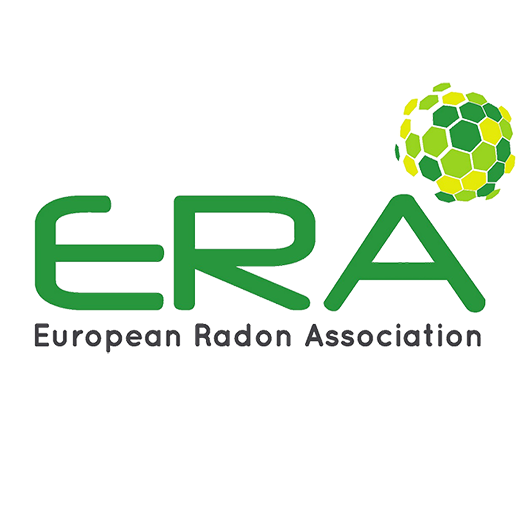Radon and its risks
Radon is a radioactive gas which forms naturally when 238U decays. In turn, the radon gas decays into radon progeny. Radon progeny are radioactive metal atoms which get caught in our respiratory tracts during inhalation. When this decay takes place, radiation is emitted from the radon progeny which can damage the cells in our respiratory tracts and lungs. In the worst case they can cause cancer. According to the World Health Organization, WHO, depending on where you live, 3%-14% of all incidences of lung cancer are caused by radon.
According to EPA Ireland, 250 people die every year in Ireland from radon-related lung cancer. If you live or work in a property with a high radon content, i.e. a radon content that exceeds the reference level of 200 Bq/m³, you run a greater risk of being affected.
Measurement of radon in indoor air
As radon is both odourless and invisible, measurement is the only way to detect the gas. The amount of radon in indoor air varies with the season. These variations are primarily dependent on changes in outdoor temperature and wind conditions. The amount also varies during the day and night, and from room to room. How the ventilation system functions, and how often you give the house an airing also has an effect.
Consider measuring radon in the indoor air
- If no measurement has been conducted or more than ten years has passed since the last measurement.
- After a renovation, as small cracks can arise in the foundations where the radon gas can permeate in from the ground.
- If you have previously had a high amount of radon and have had measures implemented in your home to reduce it.
The measurement should preferably be for a duration of at least three months – the longer the period the more accurate the measurement. The limit values and guidelines we have in Ireland are given as an average annual value. In some cases, measurements are conducted with a shorter measuring period in order to obtain an approximate value, and we use short-term measurements with our specially designed detector Rapidos®, where measurements are taken over a period of at least 10 days. For example, this is common in connection with purchase and sale of buildings, when an indication of the radon level in the home is required quickly.
The measurement method we use is accredited according to ISO 17025.
Reference levels in Ireland for radon in indoor air
The reference level in Ireland for radon in indoor air at homes & schools is 200 Bq/m3 whereas at workplaces this level is 300 Bq/m3. These levels are the result of the implementation of the European Directive EURATOM 59/2013. EPA Ireland estimates that 110,000 Irish homes are at risk of having radon levels about 200 Bq/m3.
If the radon content is too high
If the radon concentration is above the reference level, measures should be taken to ensure it is below the limit value. Each house and premises is unique and this goes for the radon problem as well. For example, radon can come from the ground or from the household’s water supply. What is important to consider is that an inspection should first be conducted to ascertain where the radon is coming from and that measures should be subsequently undertaken in the property to remedy this. If your radon test turns out in a level higher than the reference, you can contact EPA Ireland to find a list of registered radon remediation services.


